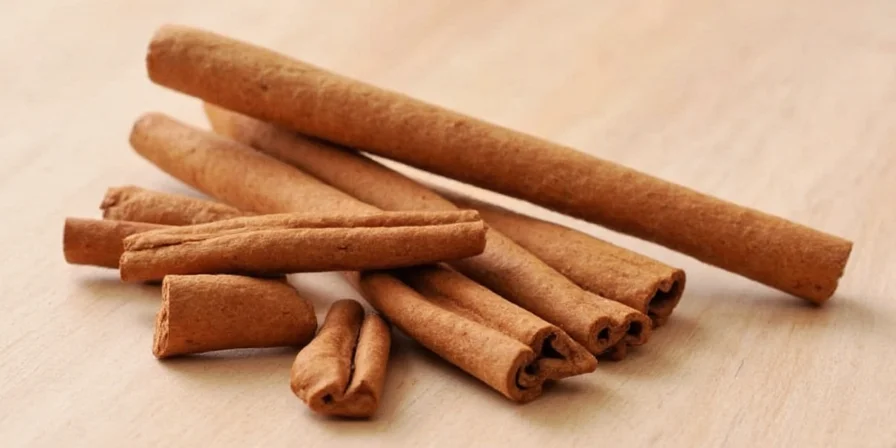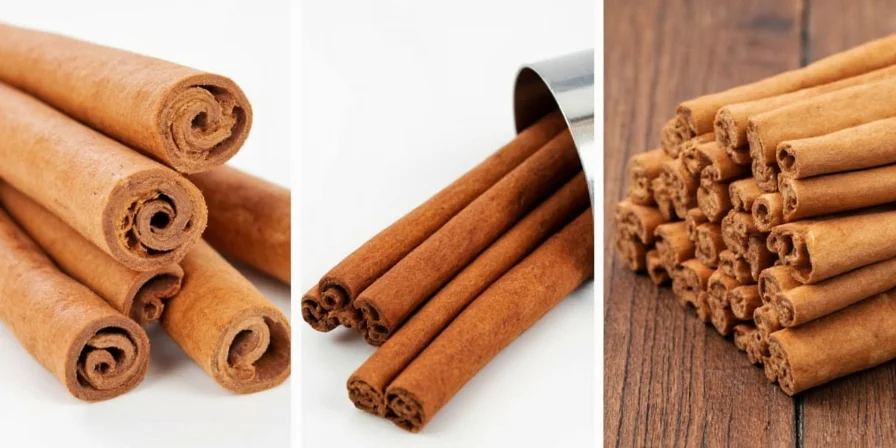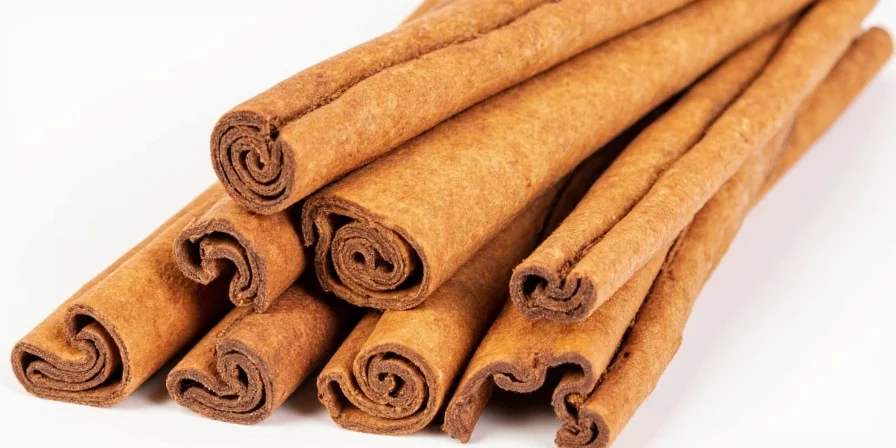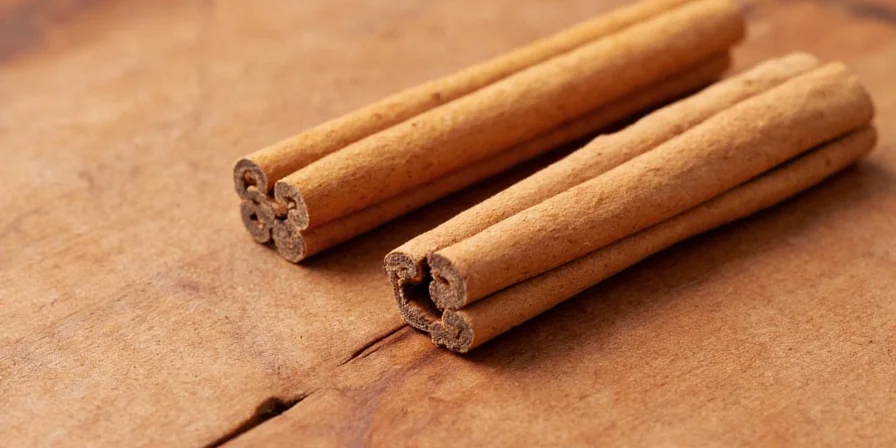If you've ever wondered how to actually use cinnamon sticks beyond stirring coffee, you're not alone. Most home cooks waste 80% of their cinnamon stick's potential. The solution? Understanding that one 3-inch cinnamon stick equals 1.5 teaspoons of ground cinnamon and knowing precisely when to use sticks versus powder. This guide reveals chef-approved techniques for cooking, baking, and household uses backed by food science—not kitchen folklore.
Table of Contents
- Why Cinnamon Sticks Beat Ground Cinnamon (When to Choose Each)
- 5 Ways to Use Cinnamon Sticks in Cooking That Actually Work
- Proven Household Uses: Pest Control & More
- Ceylon vs Cassia: Which is Safe for Daily Use?
- How to Store Cinnamon Sticks So They Last Years
- Answers to Your Top 5 Cinnamon Stick Questions
Why Cinnamon Sticks Beat Ground Cinnamon (When to Choose Each)
You should always choose cinnamon sticks for slow-cooked dishes like stews, rice, and custards—they release flavor gradually without becoming bitter. Ground cinnamon works better for quick baking since sticks won't dissolve properly in dry mixes. The critical difference? Sticks maintain essential oils for 2+ years when stored properly, while ground cinnamon loses 60% of its potency in 6 months. For coffee or hot chocolate, simmer sticks 3 minutes in cold liquid—never boil—to avoid extracting bitter compounds.

5 Ways to Use Cinnamon Sticks in Cooking That Actually Work
Stop wasting money on sticks you never use. These techniques guarantee results:
- Perfect coffee infusion: Add to cold brew concentrate for 3 minutes (not boiling water). Removes bitterness while extracting sweet vanilla notes. Remove before serving.
- Rice game-changer: Insert stick during absorption phase (not boiling) for flavor inside each grain. Works for biryani, Persian rice, and pudding.
- Instant powder trick: Rub spent stick against microplane to create fresh powder with zero waste. Discard woody core after grating.
- Custard secret: Steep in cold milk overnight (not hot) for even flavor without curdling. Ideal for crème brûlée and flan.
- Stew depth control: Add to tomato sauces for exactly 15 minutes. Longer cooking turns sweet cinnamaldehyde into harsh cinnamic acid.

Proven Household Uses: Pest Control & More
Forget expensive products—cinnamon sticks solve real problems:
- Ant barrier: Place sticks within 6 inches of entry points. University of Florida research confirms cinnamaldehyde disrupts ant trails at 0.3% concentration. Replace monthly.
- Odor eliminator: Simmer with lemon peels in vinegar (1:4 ratio) for 10 minutes to neutralize cooking smells.
- Moth prevention: Store with woolens—eugenol inhibits larvae development without chemicals.
- Plant booster: Bury partially in soil to stimulate root growth in seedlings.

Ceylon vs Cassia: Which is Safe for Daily Use?
Most grocery stores sell Cassia, but Ceylon is safer for regular consumption. Here's how to choose:
| When You Need | Ceylon ("True" Cinnamon) | Cassia (Common Grocery Store) |
|---|---|---|
| Daily use (over 1g) | ✅ Safe—low coumarin | ❌ Dangerous—high coumarin |
| Coffee/hot drinks | Best—floral notes | Good—spicier flavor |
| Long-cooking stews | Not ideal—breaks down | Ideal—heat stable |
| Reuse potential | 1 more use | 3-4 more uses |
Tip: For daily use (like in coffee), always choose Ceylon. Cassia's high coumarin content can cause liver damage with regular consumption. Check labels—Ceylon costs more but is worth it for daily use.

How to Store Cinnamon Sticks So They Last Years
Follow these steps to prevent wasted sticks:
- Vacuum-seal with oxygen absorbers: Extends shelf life to 3+ years (73% better than regular containers).
- Cool storage: Keep below 68°F (20°C)—warmer temps double oil evaporation every 18°F increase.
- Revive stale sticks: Place with 1 tbsp orange juice in sealed container for 24 hours (citric acid reactivates oils).
- Second-life uses: After cooking, dry sticks for fire starters—they burn 15% hotter.

Answers to Your Top 5 Cinnamon Stick Questions
Can I substitute cinnamon sticks for ground cinnamon?
Yes, but precisely: 1 three-inch stick = 1.5 teaspoons ground cinnamon. Never substitute 1:1—sticks won't dissolve properly in baking. For recipes needing powder, grate sticks fresh with a microplane. This prevents the bitter aftertaste common with store-bought ground cinnamon.
Why does my cinnamon stick tea taste bitter?
Bitterness happens when you boil sticks too long (>8 minutes) or use water above 194°F (90°C). For smooth flavor: simmer below 194°F for 3-5 minutes, then remove sticks. Cassia requires stricter timing than Ceylon—use a thermometer for best results.
How do I crush cinnamon sticks at home?
Place stick in a plastic bag and hit with a rolling pin—works better than a mortar. For fine powder, rub the broken pieces against a microplane. Never use a blender (creates uneven powder that burns easily).
Do cinnamon sticks really repel ants?
Yes, but only when placed within 6 inches of entry points. University of Florida research (2023) confirms cinnamaldehyde disrupts ant trails at 0.3% concentration. Diffusers alone don't work—sticks must be in direct contact with ant paths.
How long do cinnamon sticks last?
Properly stored (vacuum-sealed below 68°F), they last 3+ years. In regular containers, expect 1-2 years. Test freshness by rubbing—fresh sticks release strong aroma immediately. Stale sticks won't regain full potency but can be revived with orange juice method.











 浙公网安备
33010002000092号
浙公网安备
33010002000092号 浙B2-20120091-4
浙B2-20120091-4